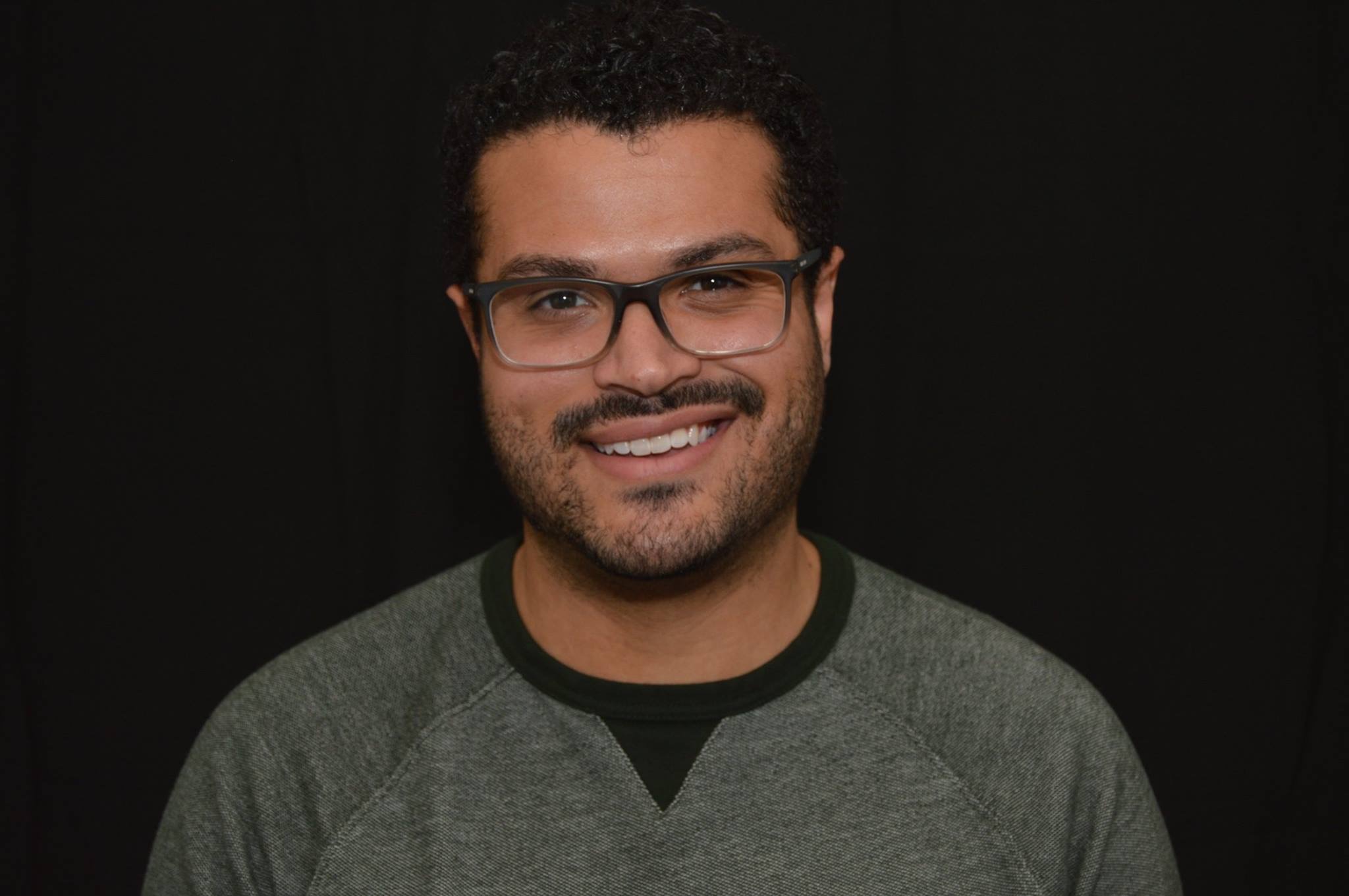Why We Leap: The Assumption Trap
- tyler greenpope

- Oct 1
- 4 min read
That instant rush of anxiety when a simple event happens: a text goes unread, a colleague looks distant after a meeting, or a raise request is delayed.
Before you've even had a chance to breathe, your mind has already done the heavy lifting. You instantly write a whole story: "They're mad at me," "I'm being ignored," or "I'm clearly not valued here."
We've all been there. It's the cognitive shortcut our brilliant, yet sometimes crazy, brains take to avoid the discomfort of uncertainty. Our primal wiring would rather have a wrong answer than no answer at all. It's why the old saying goes,
"When you assume, it makes an ASS out of U and ME"

We're going to learn how to replace the anxiety-fueled story we invent with genuine inquiry. This is a skill that will radically reduce your stress and immediately deepen your relationships.
The High Cost of the Shortcut
Why does the brain behave this way? It's all about speed. Our brains are naturally wired to prioritize quick thinking. Often, our assumptions stem from our deepest insecurities, which drive our thoughts. We tend to default to the worst-case scenario, which confirms our existing fears—such as the fear of rejection, failure, or being unloved. The conclusions we draw are simply the easiest way to protect ourselves from feeling vulnerable.
The damage this causes is profound because assumptions are often treated as facts too quickly. They lead to:
Unnecessary fights and emotional tension.
Wasted emotional energy worrying about a situation you entirely made up.
Missed opportunities for clarity and genuine connection.
Start with the Questions, Not the Conclusion
The key to escaping the "Assumption Trap" is introducing the 5-Second Pause. This structured Pause serves as your circuit breaker, designed to slow down your immediate, automatic reaction and assess the situation objectively.
Anytime you feel that rush of uncertainty that leads to worry, here's a four-step framework you can use during the 5-Second Pause, and ask yourself:
What Do I Have to Say?
The first step is to strip away all interpretation and get back to the raw, verifiable facts. This is the core skill of distinguishing the facts vs. the story you tell yourself.
Fact: "The email was sent on Friday at 10 AM, and I haven't received a reply by Tuesday morning."
Story: "They ignored my email. What did I do wrong?"
Action Step: Write down the facts in the simplest, most neutral terms possible. If you can't prove it in a court of law, it's a story.
Who Is This For (Whose Perspective Am I Missing)?
Stop making the story about you. This is where we consider the external factors. The reason for the silence or the look is not always a reflection of you.
Action Step: Consider the contexts of the other person, which have nothing to do with you or your worth, and list them out:
Are they traveling for a sudden, urgent trip?
Have they been sick or dealing with a family emergency?
Their notification settings could be off, or the message was routed to spam.
They are busy and have lots of other projects they could be working on.
Why Does This Matter?
Now, we assess the accurate scale of the situation. Is this an immediate crisis or a minor delay? Assess the actual urgency and emotional stakes.
Action Step: Ask yourself, "If I were completely wrong about my conclusion (e.g., they weren't mad), what is the true cost of the delay?" If the answer is "nothing of substance," you can drop the urgency and the anxiety that accompanies it.
What's the Best Way to Proceed?
Instead of reacting based on your assumed conclusion, you're going to determine the next step that gathers more information without causing conflict.
Action Step: Choose an open-ended question over an accusation. This moves the conversation forward without putting the other person on the defensive.
Accusation: "Why did you ignore my email? What did I do wrong?"
Open-Ended Question: "Is now a good time to check in on that topic? No rush, just wanted to see if you've had a chance to look at it."
Cultivating the Habit of Inquiry
This is a mindset shift: you're moving from being a Judge (who needs a speedy verdict) to a Detective (who needs more evidence). Embrace curiosity as your primary tool.
To make this framework a habit, remember to practice the 5-Second Pause regularly. The moment you feel the rush of adrenaline or anxiety—that feeling of "I know what this means "—force yourself to stop, take a slow breath, and mentally review the four questions above. That slight Pause breaks the momentum of the assumption.
The reward for this conscious effort allows you to gain control over your emotions and learn to respond to reality, not to the fear-based fiction your mind created.
Choosing Clarity Over Comfort
Jumping to a conclusion is often more comfortable in the moment because it gives you an immediate, easy, and final answer. However, choosing clarity is infinitely more powerful because it provides the correct answer, even if it requires a moment of discomfort to ask the open-ended Question.
Let's begin this journey together. I challenge you to identify one relationship or situation this week where you feel the jump-to-conclusion habit taking hold. Use that opportunity to practice the four questions and the 5-second Pause. You are fully capable of this shift. The story you invent says far more about your fears than it does about their actions.
Choose inquiry. Choose connection. Choose peace.



